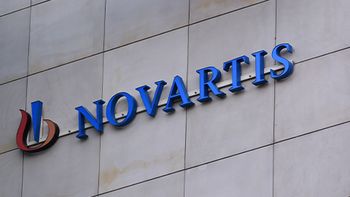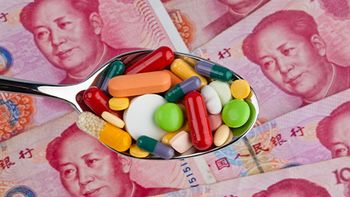
Shining a Light on Supply Chain Visibility
Steve Cottrell assesses the risks of lapses in pharma's supply chain visibility and outlines what can be done to minimize them
When it comes to supply chain management, enhanced visibility certainly sits near the top of the priority list across all industries today. When working effectively, supply chain visibility enables trading partners to quickly adapt logistics plans and processes to meet real-time customer demand and to avoid disruptions that put the supply chain at risk. It is unsurprising then that according to KPMG's Global Industrial Manufacturing Chair, “obtaining real-time visibility across all tiers in the supply chain can significantly increase speed to market, reduce capital expenditures and manage risk.”
This is particularly the case in the pharmaceutical sector where it is imperative to adhere to quality standards in all purchases across multiple tiers of frequently complex supply chains. These chains have become even more complex in recent years with the increased involvement of vendors from countries such as China and India, who previously played a much more limited supply role. Additional complications occur when mergers and acquisitions take place. Prioritizing the speed at which the deal is completed often comes at the price of maintaining quality assurance levels. Reduced visibility in the supply chain is unavoidable in the early days of any takeover or merger as manufacturing operations are often scaled back whilst system and personnel compatibility is established. The task of assessing suppliers, managing quality issues, dealing with disruptions and ultimately responding quickly and efficiently to customer demand becomes increasingly difficult. Gaps in the chain are inevitably missed and performance, reputation and standards suffer accordingly.
According to the 2017
So what are the specific risks of lapses in supply chain visibility to the pharmaceutical sector and what can be done to minimize them? Lack of visibility introduces risk factors in ensuring product compliance, understanding demand and capacity and assessing disruptions. For example, operations experience unplanned delays when materials received do not conform to specifications or arrive without required certifications. Certification aside, products can still fail to perform at expected levels in the manufacturing process for a number of reasons. Supplier error, poor shipping temperature controls or undetected supplier data integrity issues can all lead to underperformance. The lack of a robust, water-tight quality agreement with the supplier can further disrupt the supply chain and cause delays and reduced profitability. Many pharmaceutical companies are also often on the back foot because their internal IT infrastructures may be inadequate to enable end-to-end information-sharing in the supply chain. Data is fragmented between stakeholders from suppliers, shipping companies through to vendors and partner organizations. This makes it near impossible for streamlined operations to be put in place where real-time data is available to support providers and customers across various touchpoints in the chain.
There is a range of tools, services and specialist guidance available to pharmaceutical manufacturers to help them mitigate these business risks and tighten up controls in the supply chain. Enhanced visibility can be achieved, for instance, by following the SQ outsourcing model which will enable manufacturers to nearly halve their annual costs and to maintain a higher level of regulatory compliance and inspection readiness.
Once suppliers have been sourced, it is essential that good relationships are established and links in the supply chain are cemented by producing transparent, well-written agreements and by encouraging the easy flow of information between stakeholders.
Having data to hand as soon as it is required by maximizing these relationships and leveraging the technology available allows businesses to react flexibly and spontaneously to disruptions in the supply chain, thereby minimising waste and improving processes. Further efficiencies can be made by detailed record-keeping of lots received and of the on-time receipt of goods, and the regular monitoring and review of suppliers and the quality of purchased materials. Some disruptions are unforeseeable, for example, provider delays caused by a natural disaster on the other side of the globe – but the enhanced visibility already achieved ensures resilience in the supply chain and the ability to react accordingly.
Complex supply chains require sophisticated, technology-driven solutions to achieve the required levels of visibility. Pharmaceutical companies should not feel daunted by the task; by working with trusted partners to control outsourced activities and the quality of purchased materials, and by regularly reviewing these processes and supplier relationships, supply chain visibility is within reach.
Steve Cottrell is President at
Newsletter
Lead with insight with the Pharmaceutical Executive newsletter, featuring strategic analysis, leadership trends, and market intelligence for biopharma decision-makers.




